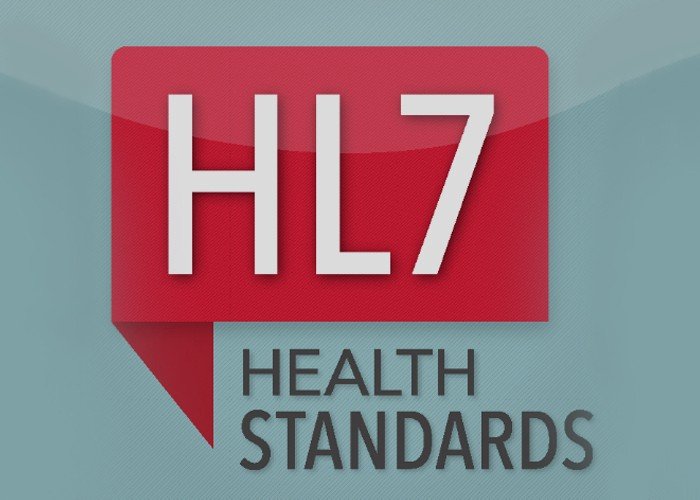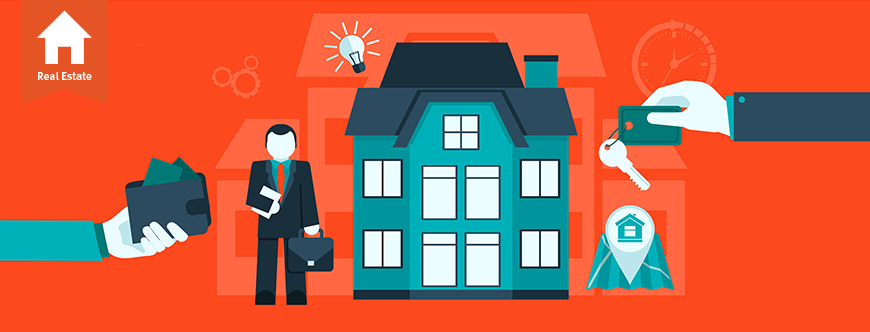Health Level 7 (HL7) is the most widely used and followed healthcare standards worldwide. It supports clinical practice and the evaluation, delivery, and management of health services. HL7 provides a framework that helps health facilities govern how electronic health information is retrieved, shared, exchanged, and integrated. The HL7 standards define how patient information is structured, packaged, and communicated between disparate parties.
HL7 also sets the data types, structure, and language needed for seamless integration between electronic health systems. All in all, the HL7 defines the use of electronic health records for health organizations. In this guest post, we have provided an in-depth overview of HL7 standards, from the aims and objectives of HL7 through its importance.
What are HL7 Standards?
HL7 is a set of standards that encapsulates file-based transactions and the newer XML-based Fast Healthcare Interoperability Resources (FHIR) protocols. These standards establish methods to exchange electronic health information. Moreover, they create rules for how the data should be structured besides allowing for a seamless flow of information between systems. Healthcare facilities that adopt HL7 standards have the tools to make important operational content like patient data and staff scheduling. Furthermore, it enables automation and efficient work flows in multi-application environments.
When transferring data, the HL7 interface module builds the HL7 message that contains the demographic information of the patient(e.g. patient name and date of birth). The messages are then persisted to a secure location where the system by use of EMR software can read, process, and include them in the patient’s electronic medical record.
These standards don’t help in building a healthcare system but it provides a guide for how clinical information should be compiled. They have similarities to the Dewey Decimal system in libraries. Librarians follow these rules for how each nonfiction title should be described and categorized in a consistent structure. Readers that want to find a specific title can learn how to retrieve the title, regardless of which library they are in.
HL7 Aims and Objectives:
All healthcare organizations (hospitals, acupuncture centers, podiatrist offices, outpatient surgery centers, imaging centers, clinical labs, etc.) are unique due to the differences in their clinical processes, software, databases, the way data is collected, stored, and used, and the payment structure. This means that healthcare facilities have unique requirements and processes for interacting with patients and data. So, the prime objective of HL7 is to simplify all these differences between various vendors and healthcare software applications.
Prior to HL7, healthcare IT systems performed data exchanges via customized interfacing systems. These systems were built through a great deal of programming effort by vendors of both receiving and sending applications. As there was no standard data format for collecting and storing patient data, the cost of building such interfaces was prohibitive.
Another great challenge arose when the software vendors and hospital IT teams wanted to collaborate with each other. They wanted to build new clinical applications to get the benefits of each other’s data. But all the previous applications were custom-built for a particular healthcare setting with zero input from other application development teams and no conformance with healthcare solutions built by other vendors.
Hence, the purpose of HL7 was to establish a single global standard for the use of electronic health records. This standard will not dictate the stakeholders of the healthcare industry rather it serves as a guide and framework where independent health IT systems can communicate with each other via an agreed-upon ANSI standard.
Moreover, the HL7 standard is the preeminent basis of data exchange in healthcare settings. It has a broad messaging standard with over 80 message types. These message standards were designed to solve the data exchange challenges in the healthcare industry by accommodating the needs of both stand-alone healthcare providers and clinics as well as large-scale hospital networks.
The IT specialists of healthcare facilities are tasked with migrating clinical data between healthcare providers or applications. They are experts and build tools for this migration. Furthermore, they design applications that would need to exchange or share data with other systems. And for processing the information, they make use of EMR software.
Wrap Up:
Conclusively, sharing data among health facilities is very important for effective treatments. And clinicians don’t have that much time needed y for duplicating data across multiple systems. Furthermore, doing so requires logging in and out of several applications and access or document data, and other time-consuming tasks. Hence, to save all this time, a unified record system is a must. And to create this system the HL7 standards were made.



